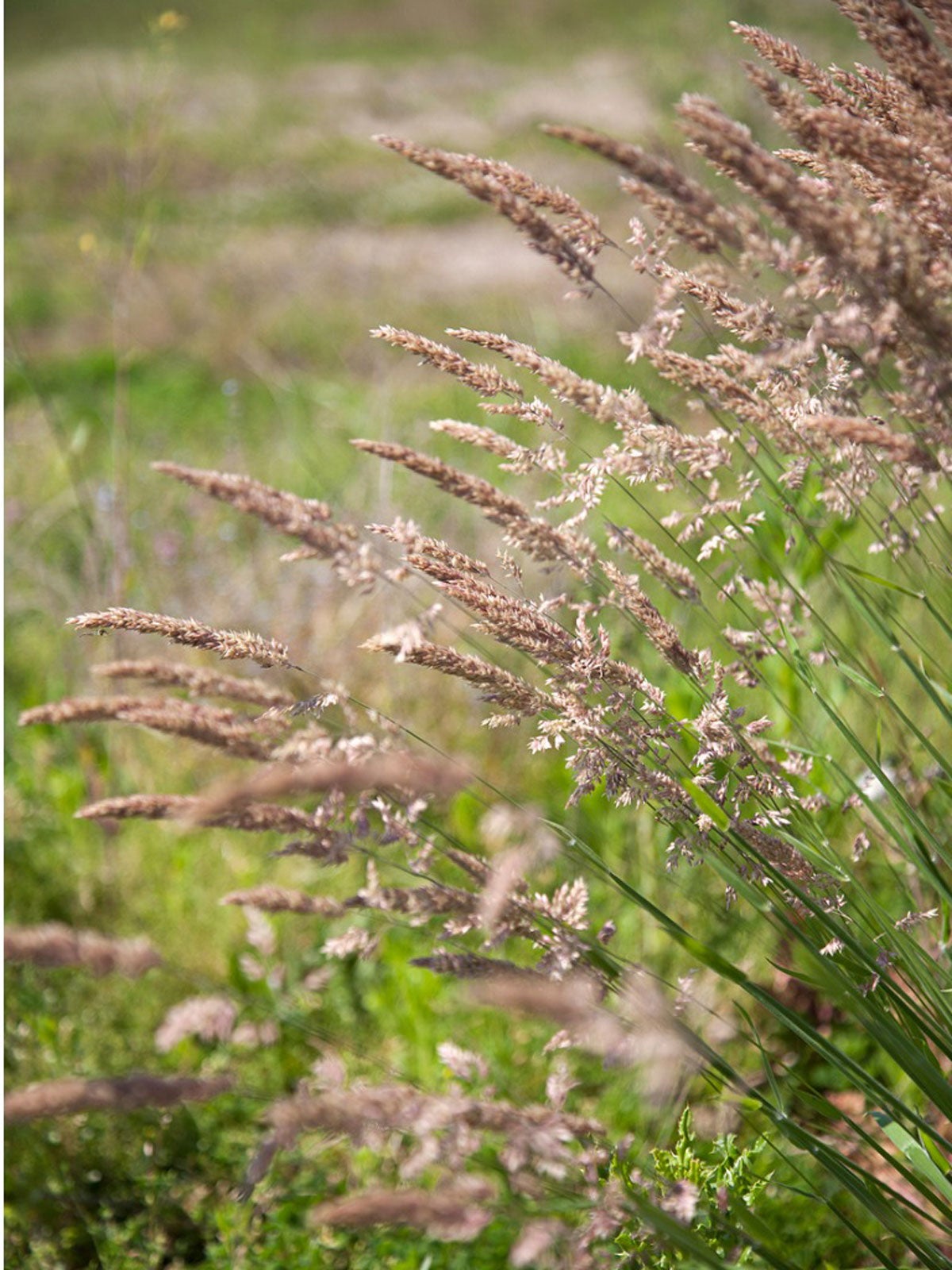Common Velvetgrass Control: Tips On Getting Rid Of Velvetgrass In Lawns
Velvetgrass weed is common in lawns, ditches, disturbed soil, and even cropland. Getting rid of velvetgrass helps to encourage native grasses.


Its name may sound nice and its flower spikes attractive, but beware! Velvetgrass is a native plant of Europe but has colonized in much of the western United States.
As an invasive species, getting rid of velvetgrass on your property will help encourage native grasses and prevent it from spreading. Velvetgrass is a common weed in lawns, ditches, disturbed soil, and even cropland. This article offers some tips on controlling velvetgrass.
What are Velvetgrass Weeds?
Velvetgrass is great at stabilizing soil, but because it isn't native to North America, other indigenous grasses should be established. That means it's best to eradicate velvetgrass weeds wherever they are found. If it is allowed to persist, it will spread rapidly, inhibiting the growth of tree seedlings and native plants.
Common velvetgrass (Holcus lanatus) is a tufted perennial grass. The foliage is grayish green and the stems are slightly flattened. Both stems and leaves are lightly hairy.
It flowers from spring through fall with purplish pink spikes. Seeds are wind-borne and can spread far from the parent plant. They germinate in almost any soil and exposure.
This weed is most common in Canada and the western states, where it was introduced in the 1800s as a forage grass. The grass is also known as Yorkshire fog, creeping soft grass, and woolly soft grass, among other monikers.
Velvetgrass Control
It is not uncommon to find patches of velvetgrass in lawns. Once it gets a foothold, the weed can be a nightmare to conquer. Common velvetgrass does not spread by stolons or rhizomes, but the prolific, lightweight seed is easily dispersed, quickly colonizing areas of turfgrass. With a little irrigation, the seed can germinate in almost any conditions.
Gardening tips, videos, info and more delivered right to your inbox!
Sign up for the Gardening Know How newsletter today and receive a free copy of our e-book "How to Grow Delicious Tomatoes".
The best defense against this pesky invader is a thick, healthy lawn that will not allow interloping species of grass and weeds. Mow at the right height for your turfgrass and apply both nitrogen at the correct time and soil tests that can determine pH and fertility.
Getting rid of velvetgrass by hand pulling is effective. Of course, this only works where the weed is present in small concentrations. Frequent mowing or grazing is also effective in preventing the spread, by removing the flower heads and the subsequent seed.
As a last resort, you might also want to try spot applications of an organic herbicide recommended by your local extension service or garden center. Always follow safety directions on product packaging.

Bonnie Grant is a professional landscaper with a Certification in Urban Gardening. She has been gardening and writing for 15 years. A former professional chef, she has a passion for edible landscaping.
-
 Zinnias On Repeat: 10 Glorious Cut-And-Come-Again Varieties For Endless Summer Bouquets
Zinnias On Repeat: 10 Glorious Cut-And-Come-Again Varieties For Endless Summer BouquetsThese zinnia varieties keep giving all summer, making them the perfect choice for dedicated cutting gardens – or just the occasional homegrown bouquet.
By Ellen Wells
-
 Create A Romantic Garden Straight Out Of Bridgerton: Regency Era Romance In Your Garden
Create A Romantic Garden Straight Out Of Bridgerton: Regency Era Romance In Your GardenTry some romantic garden ideas straight out of Bridgerton. Flowers and gardens in the Regency era were lush and charming and you can get the same look!
By Bonnie L. Grant